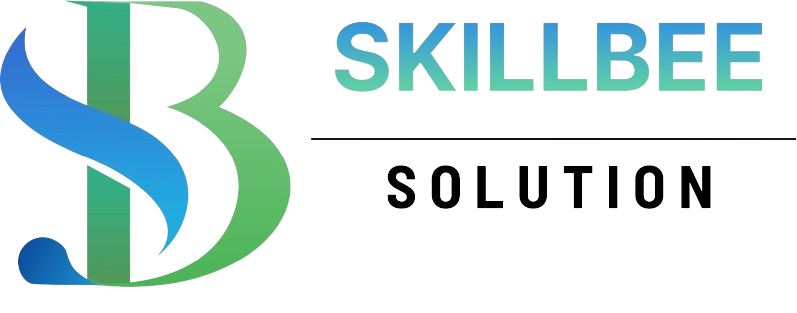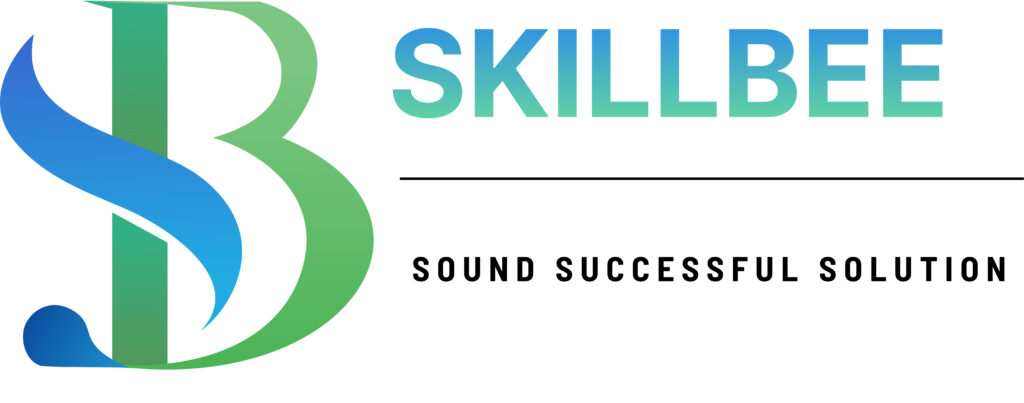Hello Readers,
Hope it was a great weekend. And now as the night grows darker, and the day prepares to change from Sunday to Monday, there’s this little anxiety of the change.
Talking of the change, let us now dig a deeper in the change management requirements during project management or in any industry otherwise.
Change Management is the structured approach for ensuring that changes are thoroughly and smoothly implemented and for achieving lasting benefits of change.
Change Management is should be lifecycle study starting from the initiation of change till its implementation and its impact on process, system and people involved.
When we talk of the change, the first thing to look upon is the reason for change.
Changes can be due to external or internal sources.
External source –
External changes are often categorized in three broad categories:
1. Market situation and technology
2. Government laws and regulations
3. Economics
Internal source –
Internal changes are often categorized in three broad categories:
1. Corporate strategy
2. Technology and equipment
3. Workforce and employee attitudes
Dealing with change
Whenever there is change, either in the professional or non-professional environment there are some psychological changes involved. Learning about the change management, we should by every means know the mental phases involved during change.
1. Denial – It starts with the fight the change to protect the status quo.
2. Frustration – Once we understand the change will happen, their is insecurity and frustration.
3. Negotiation – We try to find a mid way, to save what we can
4. Depression – The anxiety that comes from the thought of the change
5. Acceptance – Tuning in to the change
6. Experimentation – We try to find new ways and remove old barriers
7. Discovery – Realization that change will open new possibilities
8. Implementation – Implementation of the change process
Flow of change
Talking of the change, there is either top-down management or bottom-up management
Top-Down Management – In a top-down approach, strategic direction, policy, and planning occur at or just below the highest level of a company.
It has a low influence of subsystems.
Bottom-Up Management – It has high influence of subsystems. This type of change is carried out due to the bottom level of the employees.
Nowadays, within modern change management approaches, top-down and bottom-up approaches are mixed. Analysis and strategy development is mainly done top-down whereas continuous process improvement is driven from the bottom-up. A constant dialogue between the involved parties guarantees constant improvement and focuses on the core requirements.
Change Models
Lewin: Three stage model
Also known as Unfreeze-Change-Refreeze Model
Unfreeze – Most people make an active effort to resist the change. In order to overcome this tendency a period of unfreezing must be initiated.
Change – Once change is initiated, system moves to transition phase.
Refreeze – After successful implementation of change, the system moves to stable phase again.
Kotter:8 step change model
Kotter’s eight-step model explains the process leaders can follow to effectively lead change in their organizations.
1.Increase urgency: Inspire people to move, make objectives real and relevant.
2.Build coalitions: Get the right people in place with the right emotional commitment, and the right mix of skills and levels.
3.Get the vision right: Get the team to establish a simple vision and strategy focus on the emotional and creative aspects necessary to drive service and efficiency.
4.Communicate: Involve as many people as possible, communicate the essentials simply, to appeal and respond to people’s needs. De-clutter communications – make technology work for you rather than against you.
5.Empowerment actions: Remove obstacles, enable constructive feedback and lots of support from leaders – reward and recognize progress and achievements.
6.Create short-term wins: Set aims that are easy to achieve – in bite-size chunks. A manageable number of initiatives. Finish current stages before starting new ones.
7.Don’t let up: Foster and encourage determination and persistence – ongoing change – encourage ongoing progress reporting – highlight achieved and future milestones.
8.Make it stick: Reinforce the value of successful change via recruitment, promotion, and new change leaders. Weave change into culture.
McKinsey: 7 S model
This model looks at 7 elements which affect the organization
1.Structure
2.System
3.Strategy
4.Shared value
5.Style
6.Skill
7.Staff
The above seven elements are interlinked and are interdependent.
Gliecher:Change Formula
It is a mathematical representation considering the dissatisfaction (cause of change), vision (movement of change), steps of change and resistance to change.
Change formula – (DXVXF) > R
The change process
Any change manager should follow and understand the change process for successful implementation of change
1.Unfreeze – The term ‘change ready’ is often used to describe people who are unfrozen and ready to take the next step.
Some ways to make this unfreezing state happen is
Burning platform: Expose or create a crisis
Command: Just tell them to move
Evidence: Hard data is difficult to ignore
Restructuring: Redesign the organization to force behavior change
Envisioning: Done well, visions work to create change
2.Transition – Transition requires change.
Although the transition may be hard for the individual, often the hardest part is to make a start.
Challenge: Inspire them to achieve remarkable things
First steps: Make it easy to get going
Involvement: Give them an important role
Open space: People talking about what concerns them
Shift-and-sync: Change a bit – then pause
3.Refreeze – Refreeze is the establishment of new stability.
Burning bridges: Ensure there is no way back
Evidence stream: Show them time and again that the change is real
Golden handcuffs: Put rewards in their middle-term future
Institutionalization: Build change into the formal systems and structures
Reward alignment: Align rewards with desired behaviors
Strategies and skills
Change Skills –
Every specific change manager requires some change skills as
Political Skills – Organizations are social systems. Therefore, organizations are intensely political. Change agents dare not join in this game but they have to understand it.
Analytical Skills – Change agents need advanced analytical skills. Two particular sets of skills are very important here: systems analysis and financial analysis.
People Skills – The skills most needed in this area are those that typically fall under the heading of communication or interpersonal skills.
System Skills
Business Skills
Change Strategies –
When deciding which strategy to follow, the manager needs to take specific characterizations of the organization (type of business, age of employees, etc.) into account.
1.Directive Strategies – This strategy highlights the manager’s right to manage change and the use of authority to impose change with little or no involvement of other people.
The advantage of the directive approach is that change can be undertaken quickly.
However, the disadvantage of this approach is that it does not take into consideration the views or feelings of those involved in the imposed change.
2.Expert Strategies – These strategies are used when the changes made must be directed by the experts. The managements relies on the technical experts for the change management.
The advantages of utilizing this strategy are that experts play a major role in the solution and the solution can be implemented quickly as a small number of ‘experts’ are involved.
Disadvantage being, those affected may have different views than those of the expert.
3.Negotiating Strategies – This approach highlights the willingness on the part of senior managers to negotiate and bargain in order to effect change.
The advantage is that individuals will feel involved in the change and be more supportive of the changes made.
The disadvantage of this approach is that it takes more time to effect change and the outcomes cannot be predicted.
4.Educative Strategies – This approach involves changing people’s values and beliefs in order for them to fully support the changes being made and move toward the development of a shared set of organizational values that individuals are willing, and able to support.
The advantage is that individuals within the organization will have a positive commitment to the changes being made.
5.Participative Strategies – This strategy stresses the full involvement of all of those involved in the anticipated changes. The process will be less management-dominated and driven more by groups or individuals within the organization.
Advantage of this approach are that any changes made are more likely to be supported due to the involvement of all those affected. The main disadvantages of this process are the length of time taken before any changes are made.
Failure or Success ?
Failure factors –
1.Insufficient Awareness
2.Insufficient Communication
3.Inappropriate Procedure
4.Workload
5.Speed
6.Lack of control
Success Factors –
1.Business case built up
2.Readiness Determination
3.Communication Improvement
4.Stakeholder Involvement
5.Change Review
Conclusion
Change management is the correct understanding of the organization that wants to be changed, the correct understanding of the people who are willing to change, the effective realization of change, and the understanding of the dynamics of change.
Thanks for the patient reading. Hope you had a happy learning session.
Keep tuned in, next in the que – risk management.
See you soon !
For More updates and information, Visit SKILLBEE SOLUTION BLOG Page.


